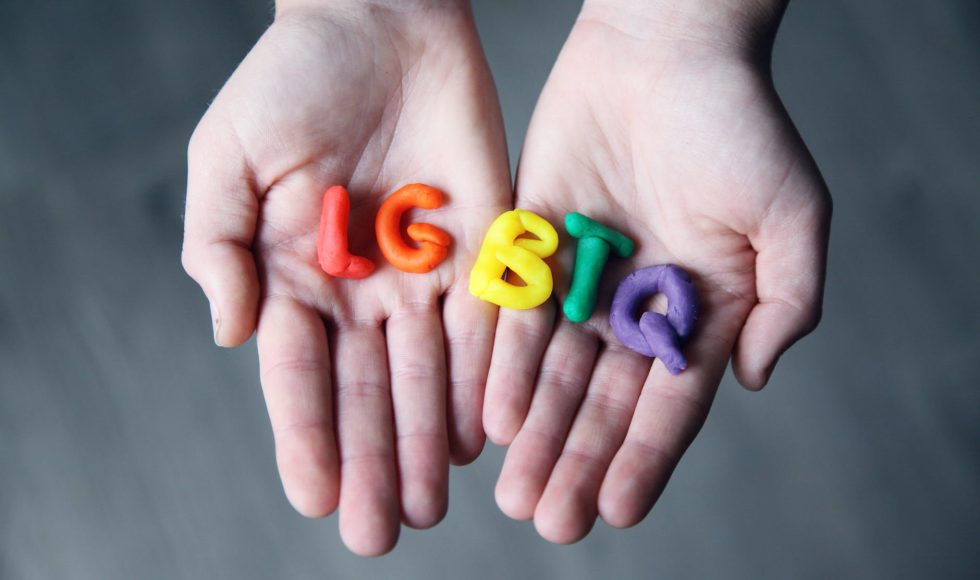“Creating More Inclusive Environment for LGBTQ+ Bio” is the title of the Online with LSE Webinar recording I watched tonight. It is from almost two years ago. Sara Brownell was the speaker and presented work from a SABER Special Interest Group (SIG) that worked on recommendations. Brownell shared recommendations that language matters (I paraphrase and share below from Brownell’s slides):
- Learn the vocabulary, acronyms, and changes. Language matters.
- Create opportunities for people to share their identity. Foster safe environments, don’t assume the gender or partner preference of individuals, and create opportunities for individual to choose to reveal their pronouns an dnames.
- Meaningfully advocate for the LGBTQ+ community by viewing mistakes as learning opportunities. Overtly support the LGBTQ+ community.
- Create an inclusive biology classroom. Be thoughtful of humor and pop culture use in the classroom. Present LGBTQ+ role models in science. Discuss the full range of gender and sexuality in biology class.
- Conduct biology education research including LGBTQ+ community.
The group came up with these fourteen recommendations. Brownell also mentioned that the SIG worked on a proposal that was funded: an NSF IUSE to look at the impact of LGBTQ+ instructors. The question and discussion session had numerous questions about suggestions for pronouns to use and syllabus language. Brownell spoke about highlighting that not everyone is cisgendered, for example, and that we often make assumptions. Brownell suggested asking students using a “get to know you” style survey and not making responses required. The most inclusive way of writing a survey is to include gender nonbinary options, emphasized Brownell. Even if the sample size is too small in a quantitative study, Brownell urged researchers to include the numbers in the methods. Brownell shared preliminary data about studies on instructors coming out in different institutions, with students being supportive of instructors coming out in most cases. I appreciated how Brownell spoke about the generational shifts in LGBTQ+ and how group work can be challenging for LGBTQ+ students. Interestingly, Brownell allows students to choose groups and the groups are more permanent. This allows students to group together and support each other. Regrouping challenges students by having to reshare and reteach pronouns. Brownell shared the term “dead names” that are the names transgender individuals had before and should not be used. I didn’t know that term! Brownell stressed that when we make a mistake, apologize and move on. Brownell mentioned a couple of time that we want different people to work together and learn how to do so by communicating effectively and respectfully. Numerous resources were shared during this great session!



